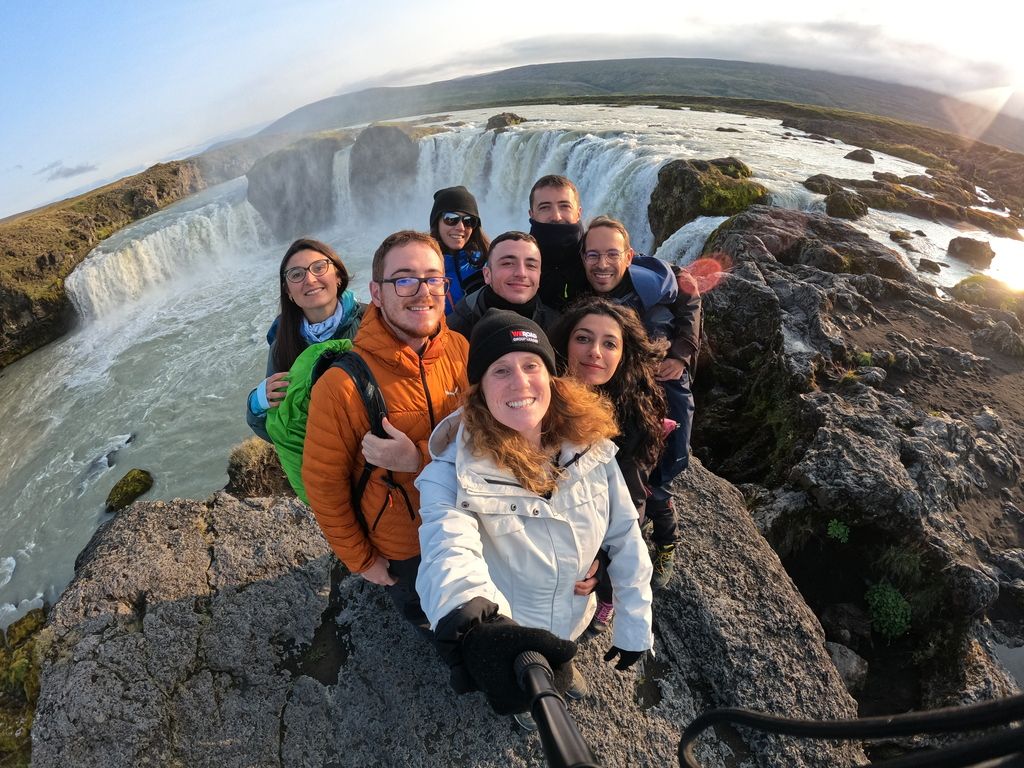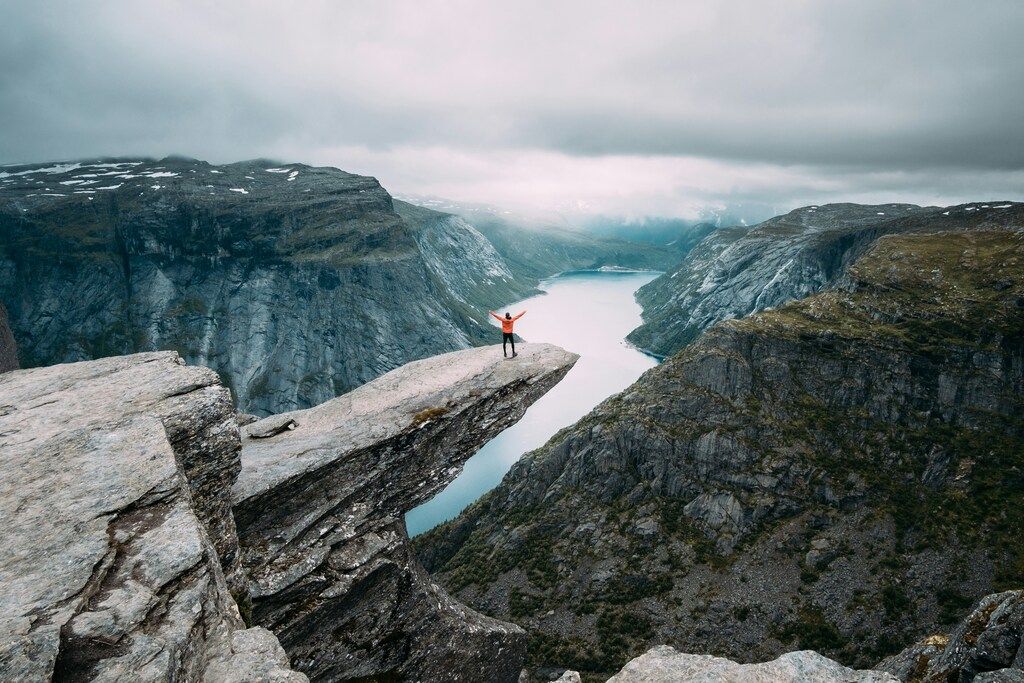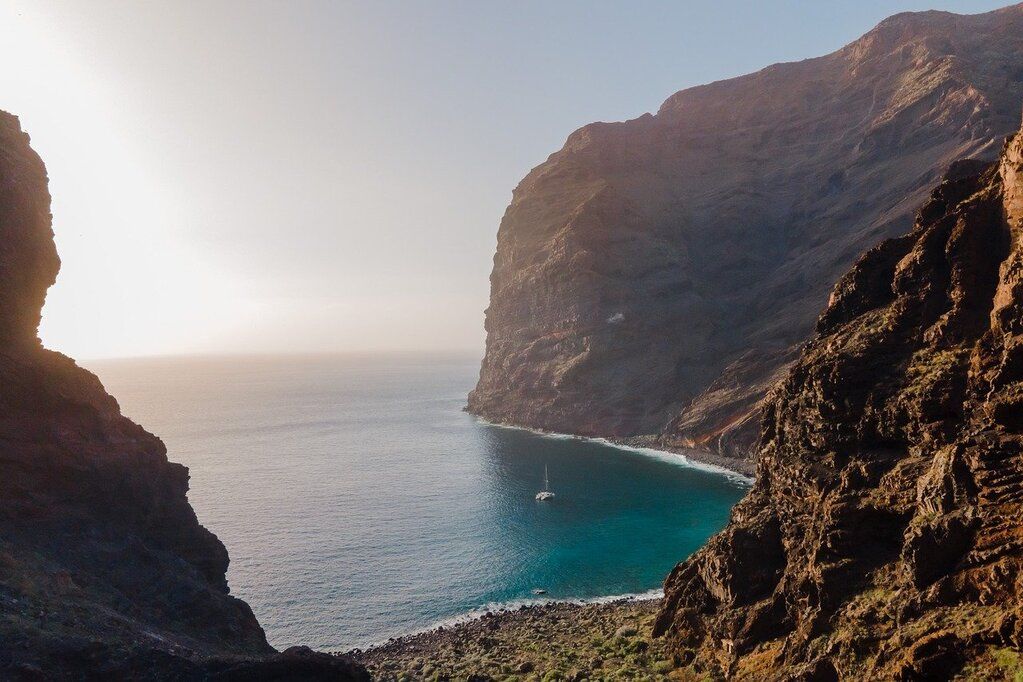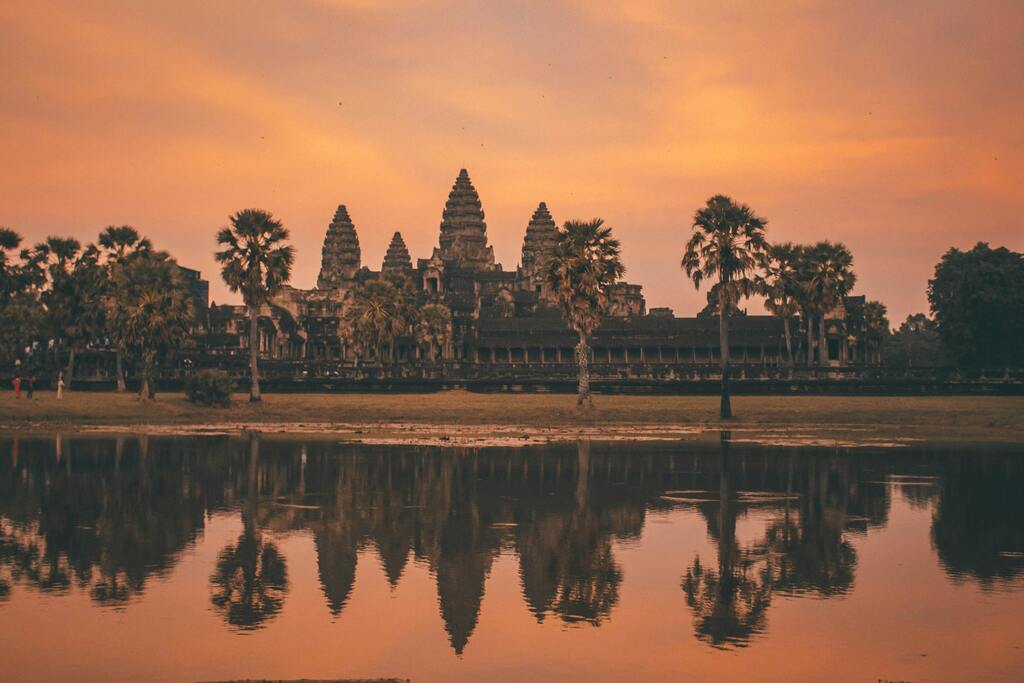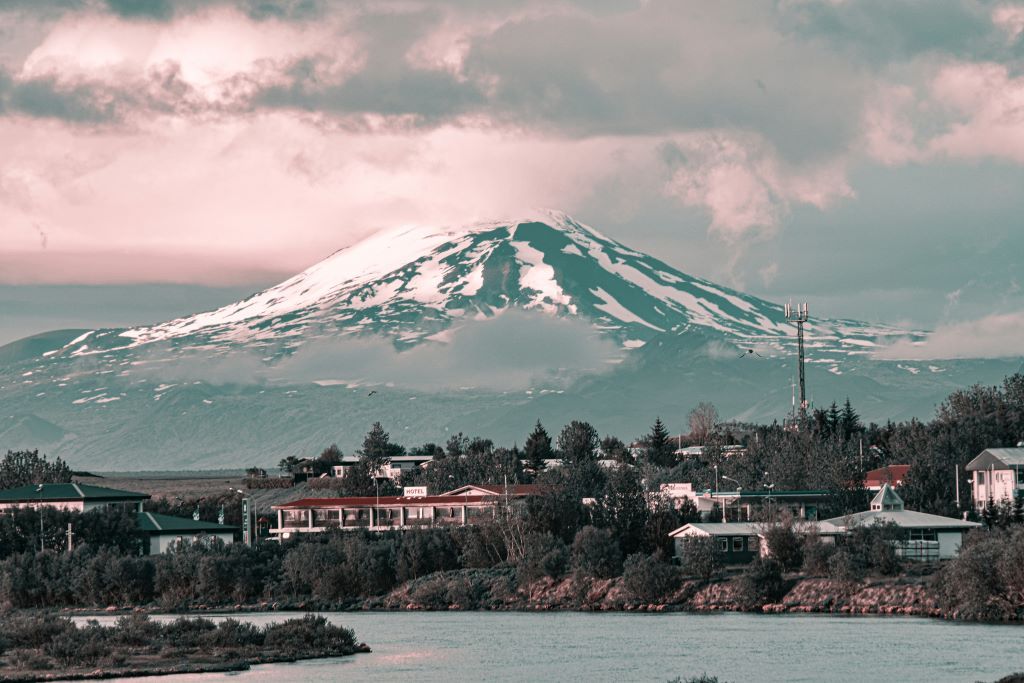

Iceland is a land of fire and ice, characterized by its intensive volcanic activity. The entire island sits on the Mid-Atlantic Ridge, a juncture of two tectonic plates that pull the crust apart. This tearing edge feeds Iceland the heat, weight, and creative force of Earth’s rocky making. Vigorous volcanoes are the reason we see so much magma. These geological forces allow us to explore rifting in action and watch power blasts from geysers and springs. The volcanoes provide all their drama and splendour. This guide is the definitive, easy, and detailed introduction to how these volcanoes work, explaining what this activity means for travellers and how to travel more safely.
The geology of Iceland: why is the country so active?
Of all the boundaries in the world, the Mid-Atlantic Ridge is the most internationally defining. Where it reaches Iceland, the North American and Eurasian plates pull a few centimeters further apart each year. They split the crust deep into the Earth, making this the only place where a traveller can walk between two continental plates.
Beneath this stretched crust, a vigorous mantle plume forces its way upward. It’s the plume that supplies the country with so much hot lava. Together, they create a web of subterranean chambers. These chambers keep the volcanic systems flowing, lava fields spreading, and fill the trench with rifting.
These are the active volcanic sites in the country. They are the main ruptures, craters, and arcs for the network of earthquakes and eruptions. This system extends from the Reykjanes Peninsula to the mountains of the central highlands and translates shifts of pressure into earthquakes, eruptions, fumaroles, and mud holes.
This is why Iceland looks the way it does and why the country has so many eruptions. Early warnings should be part of any trip. Travellers can stay safer with more context.
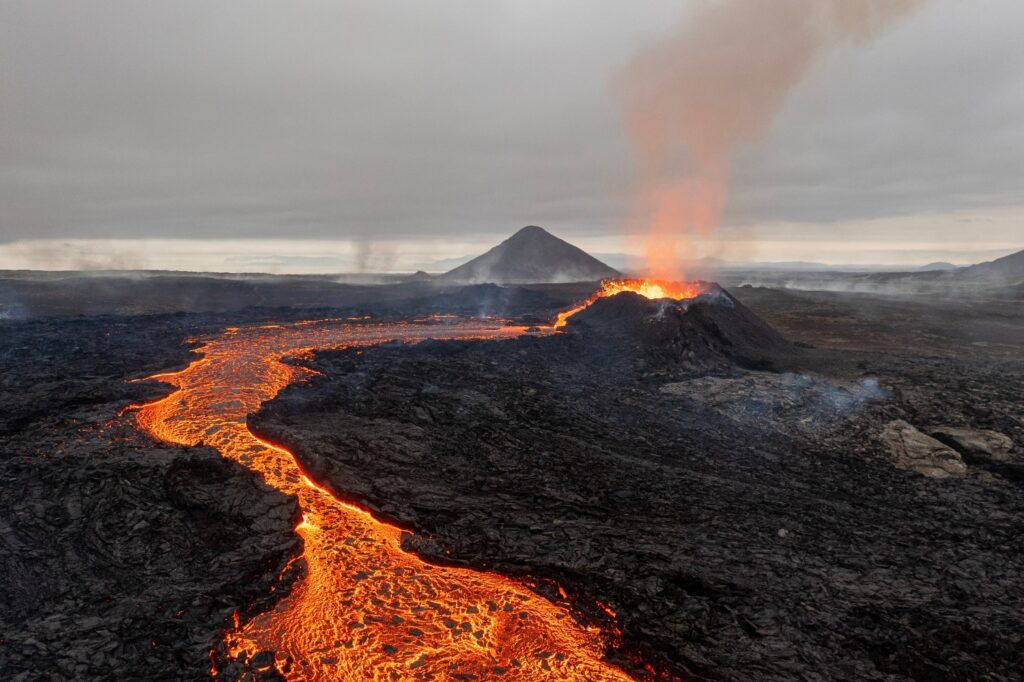
The geothermal advantage: how volcanoes power icelandic life
The hot link: how volcanoes power Iceland’s electricity and hot water
Volcanoes might be a natural hazard, but they provide Iceland with an abundant power source. As hot volcanic magma heats underground water, geothermal energy builds across the land. With geoengineering, humans can harness this heat to generate power and heating for homes, businesses, and public spaces.
This energy, which is not affected by the season, allows Iceland to avoid traditional fuel sources. Most households use geothermal heating, so buildings stay cozy during stormy winter nights. Power stations produce clean electricity from steam. The renewable source works because volcanic heat stays steady over long periods, making the price of power relatively low and life easier for Icelanders.
The Golden Circle: geysers, hot springs, and the Rift Valley
Iceland gains strength from its geothermal energy. This power created its famous natural landmarks and tourist destinations. The Golden Circle in Iceland includes geysers, waterfalls, and a rift valley. Travellers visit the Great Geysir to see hot water shoot into the sky. This happens when groundwater seeps into the magma-heated depths below. The heat builds pressure that forces water upward. Geothermal water also offers relaxation. Hot spring waters, like the Blue Lagoon, rise from volcanic systems or geothermal plants. Visitors bathe in the hot waters and relax in a wild landscape. Iceland’s volcanic landscape shapes the country’s road trips and attractions.

Current volcanic activity: what travellers need to know now
Iceland’s volcanic systems continue to be active, so people travelling in the country need to keep themselves informed. The movement of the magma beneath the crust makes Iceland’s geology restless. This takes place in the form of earthquakes, the release of steam, and the occasional eruption, which is to be expected on a volcanic island.
The volcanic systems are generally well known and monitored closely by scientists. This allows them to share information quickly and reliably about what is happening, and provides data for authorities regarding the safety of people travelling. The Icelandic Met Office has a network of instruments designed to monitor and provide alerts.
Many travellers inquire as to whether any volcano is currently erupting. As the situation on the island shifts quickly, the answer is “maybe.” The likelihood of an eruption can change in a matter of days.
The greater Reykjavík area is generally considered safe, as the country’s volcanic belts are further away. It also has robust and effective early warning systems. Authorities may issue evacuation plans. Travellers must take careful note of relevant announcements, especially if they are planning to visit an area close to currently active rift systems.
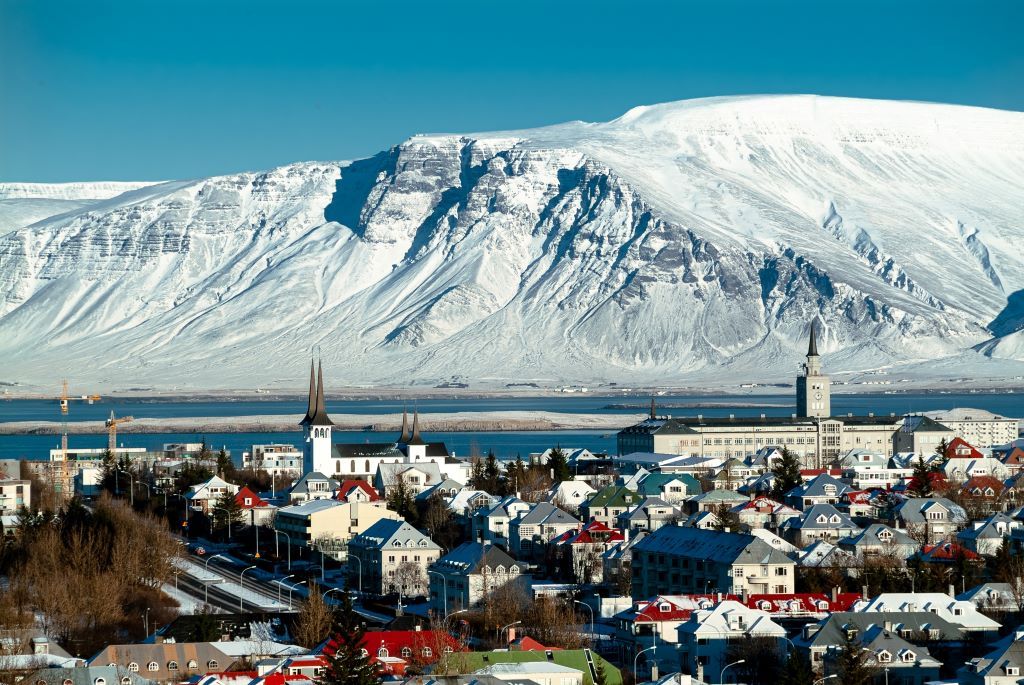
The giants of Iceland: major volcanic systems and threats
The Reykjanes Peninsula is one of the most exciting parts of Iceland from a volcanic perspective. Located in the southwestern part of the country, it sits on top of a “hot spot” where magma from deep in the Earth rises to the surface. This causes the Earth’s crust to stretch and become thinner, creating the conditions for volcanic systems to build up and eventually erupt. For the past 30 years or so, three main volcanic sites in this area have been erupting regularly.
This is one of the areas most easily accessible and closest to the capital. One can drive to all of these places in about an hour. When deemed safe, authorities even open new roads to help tourists reach magnificent and colorful lava flows and Iceland’s most recent craters.
Access may vary due to gas levels, ground heating, and quakes. Safety teams watch gas levels. Fresh lava can flow quickly and glow brightly, while solid lava remains hot for months. The latest warnings advise visitors to stay a fair distance from heat and cracks. Cooling lava can leave the topsoil dried and weak. DO NOT WALK ON IT. Crack lines and subsidence can appear at any time.
Katla: the sub-glacial sleeping giant
Katla is an extremely active and large volcano covered by the Mýrdalsjökull ice cap. It has a clear history of large eruptions, with significant events flooding the area with meltwater. These jökulhlaups (glacial floods) are known for destructive, rapid, dense water movement capable of re-carving landscapes. Katla is one of the most monitored and studied volcanoes in the country. Though it seems quiet, it is a dangerous beast.
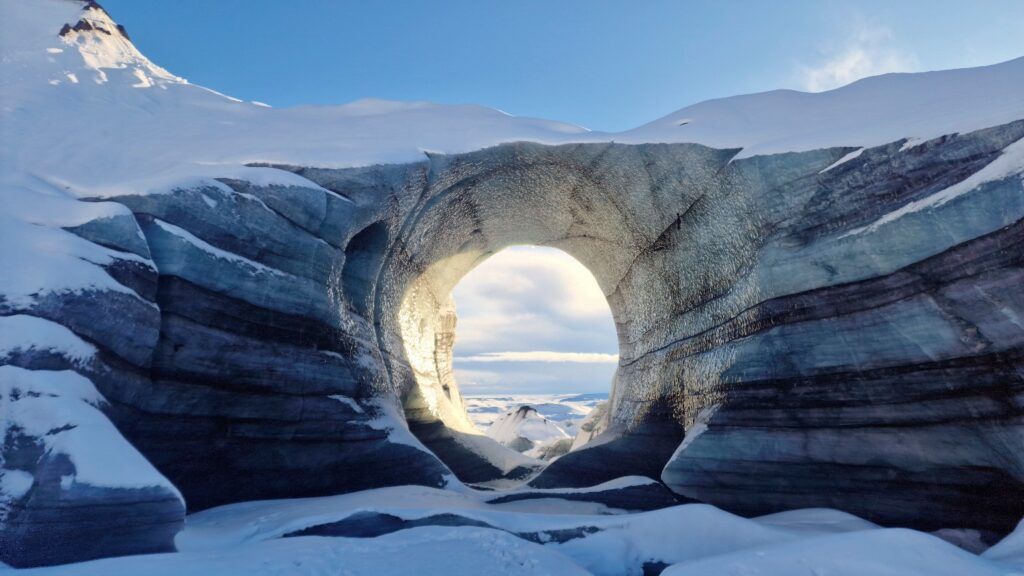
Hekla & Eyjafjallajökull: Historic Power and Unpredictability
Hekla is one of Iceland’s major active systems. Recent recorded eruptions have included lava flows, ash spreads, and explosions. Its unpredictability led to considerable superstition in medieval times. While monitoring is now in place, the time between readings and explosions can still be short.
Eyjafjallajökull remains quiet since the major event of 2010 spread around the world. Historically, its eruptions are considered frequent and sometimes escalatory.
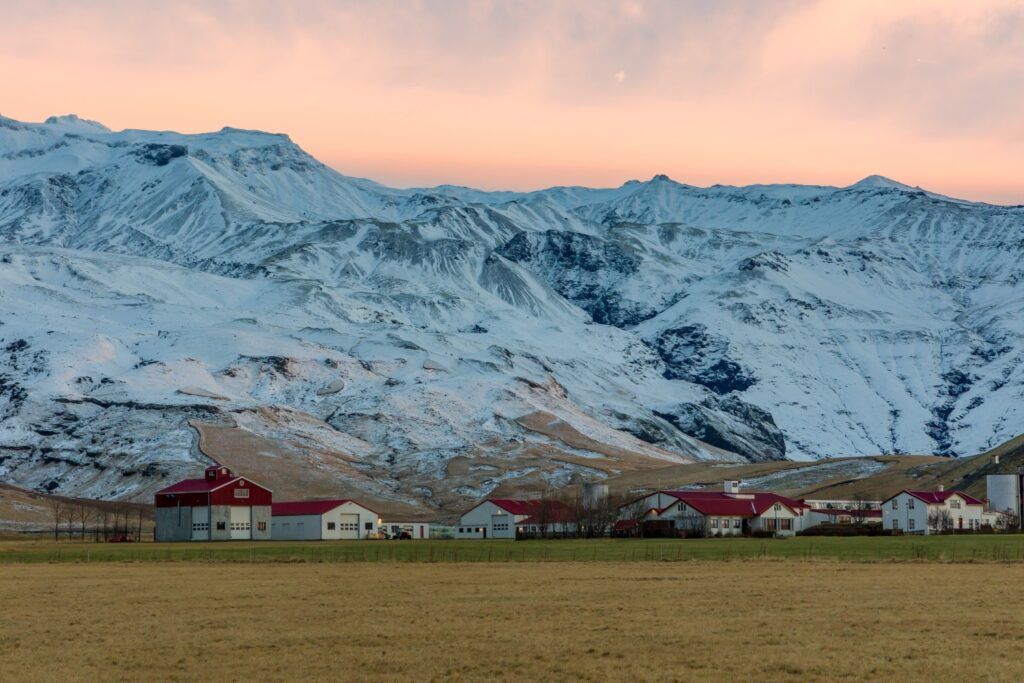
Safety and practical advice: visiting volcanic areas
Blue Lagoon volcanic safety and safety gates
Can you visit the Blue Lagoon if a volcano erupts? Constant monitoring keeps a close eye on local earthquakes. A series of safety gates has been set up to divert lava elsewhere. The Blue Lagoon’s waters remain safe. An important warning for travellers: Iceland has the most advanced volcano monitoring systems in place. Authorities issue alerts and warnings well before a problem occurs.
Rules for visiting volcanic areas during eruptions
If you choose to visit active volcanic sites, these are the basic safety guidelines you should follow:
- Always obey directions and signs from the authorities and facility.
- Take note of the gas pollution forecasts in your area. Gases such as sulfur dioxide (SO2) and hydrogen sulfide (H2S) may be present.
- Do not touch the hot layers. It may seem solid, but it may be an unstable crust over a hot, gaseous cavity. These hot shells can collapse without warning.
- Stay on the trail for your visit to the best of your ability.
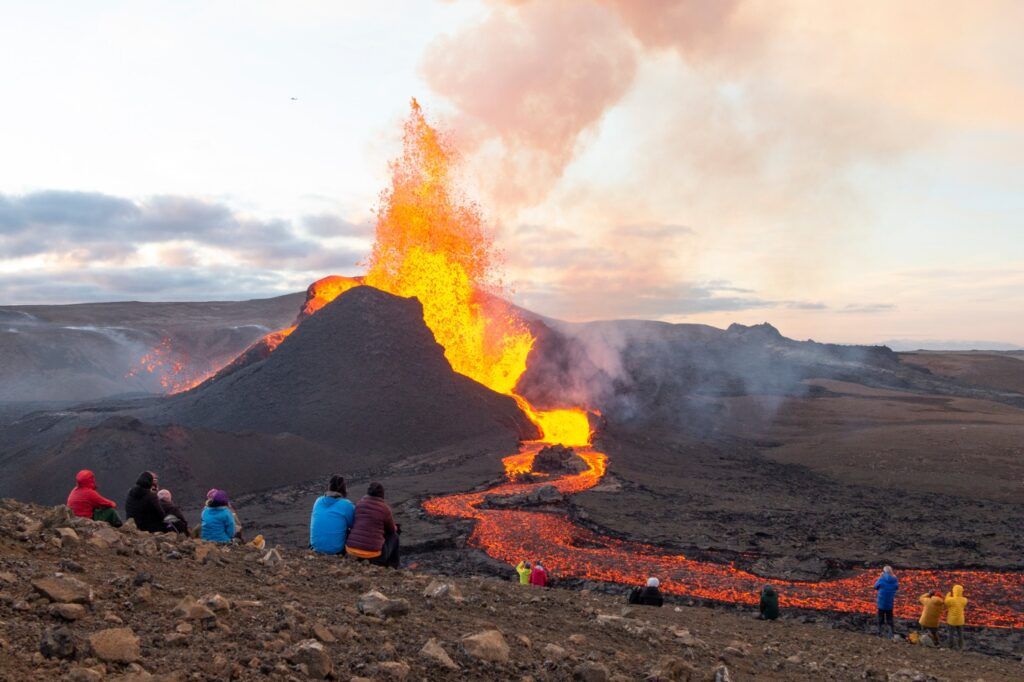
Planning your trip: weather, gear, and travel toutes
What is the best time to visit Iceland?
What is the Best Time to Visit Iceland? The climate in Iceland restricts access to certain sites. The best time to visit is between April and October. Conditions during this period are more stable and clear, conditions are drier, and the days are longer. The roads are generally in good condition for travel. The summer months offer the opportunity for long walks and hikes, free from snow and cold. Plan your trip with an eye on the weather forecasts.
What to pack for an Iceland trip?
Proper gear is essential to enjoy your time while visiting volcanic areas. The weather can change fast, so it’s important to have layers:
- Clothing: pack a waterproof jacket, a middle layer, a hat, and a scarf or buff to protect against the wind.
- Gas/Ash Protection: a mask may help you protect from gas (always check the gas forecast). A hat and eyeglasses or sunglasses will be functional to avoid ash in the eyes.
- Sturdy Shoes: they are crucial, as volcanic deposits (mostly black lava gravel) can be slippery, making sprains likely.
- Essentials: bring enough water, extra batteries or power banks for your navigation device, and a headlamp if you go early in the morning or in the evening.
What are the road safety tips for driving near volcanoes?
It’s safe to drive on the roads near the volcano, but it’s always good to remember the following measures:
- Signage: always look for information signs when you arrive in a new area.
- Unstable Ground: look out for cracks in the road due to volcanic activity.
- Tires: the uneven crater surface and sharp rocks can easily damage tires.
- Safety: while there are incredible lookout points, be cautious. In these areas, it is advisable to travel with a guide or experienced tour operator.

Your Volcanic Journey to the Mid-Atlantic Ridge
Iceland is home to some of the world’s most powerful and beautiful volcanoes. To truly tackle this epic journey safely and deeply, nothing beats the camaraderie and knowledge of a cohesive group led by an expert. Our tours are designed for shared discovery, ensuring you have an experienced coordinator guiding every step of the journey. Ready to stand between the tectonic plates? For the ultimate immersive experience, join our signature Iceland 360 group tour or explore all organized group travel itineraries to Iceland and find the perfect adventure for you!
